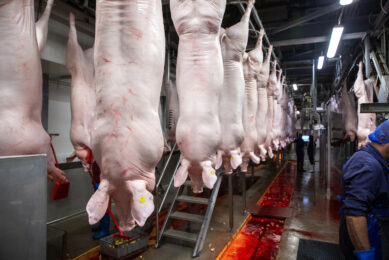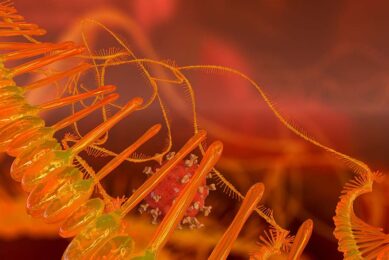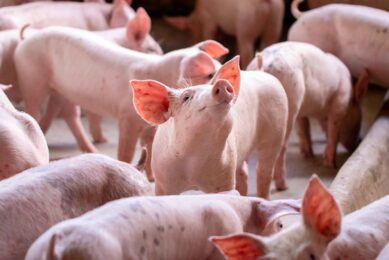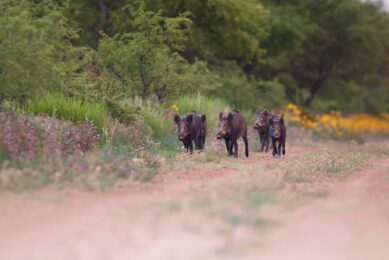US Experts receive $4.8m for PRRS research
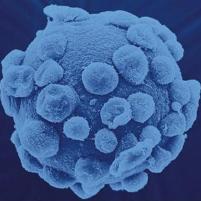
Porcine reproductive and respiratory syndrome (PRRS) costs pig producers an estimated $700 million a year. In Kansas alone, losses are estimated at $15 million per year.
That’s why researchers at Kansas State University have been collaborating with other universities in the region to resolve PRRS and other swine diseases in the nation’s pig population.
Grant
In recognition of this hard work, the U.S. Department of Agriculture recently approved a $4.8 million grant to support a comprehensive national program aimed at controlling the disease. Raymond “Bob” Rowland, K-State professor and virologist, will lead the PRRS Coordinated Agricultural Project.
Under the project, K-State’s experts will collaborate with other universities, veterinarians, commodity groups, government agencies and swine producers to get to the bottom of the disease.
K-State has been a player in this initiative since it began in 2004 at the University of Minnesota.
“Our first step was to lay out a comprehensive road map for the industry,” Rowland said of the national project’s progress to date. “All anyone in the field has to do now is pick a destination and go there.”
Coordinate
The mission of the PRRS Coordinated Agricultural Project is to effectively coordinate efforts aimed at dealing with the disease. That includes research, education and extension.
PRRS virus is a highly infectious disease that has spread throughout North America, Europe and Asia. The disease is responsible for causing a flu-like condition with high fever, loss of appetite and an overall deterioration of health. In its most severe form, the virus causes “reproductive storms” which result in the death of pregnant females and of newborn pigs.
“By eliminating PRRS we can have a significant impact on animal health and welfare and the economic bottom line of producers across the nation and the world,” Rowland said.
Vaccine Research
The project will support research into new vaccines against the syndrome, Rowland said, as well as a look into the disease and how things like pig genetics impact treatment.
Though researchers have come a long way in the few years since the disease became prevalent in the U.S. pig population, Rowland said there is also still quite a bit of basic research to be done on the virus. Researchers who take part in the project, he said, will take a broader look at the syndrome and try to map out how the virus works, as well as what effect things like the environment have.
“Overall, we need to gain a better understanding of the virus and disease processes,” he said. “This project is designed to bring together the scientific resources needed to get the job done.”
The scientific findings will then be translated into remedies or management practices for producers. Once that step is made, the project also will be responsible for disseminating the latest scientific and practical advances.
The PRRS Coordinated Agricultural Project at K-State will be funded by the U.S. Department of Agriculture at $1.2 million a year for the next four years. Participants at Ohio State University, the University of Minnesota and the National Pork Board are listed as co-directors, and grants from this project will be funded competitively.



